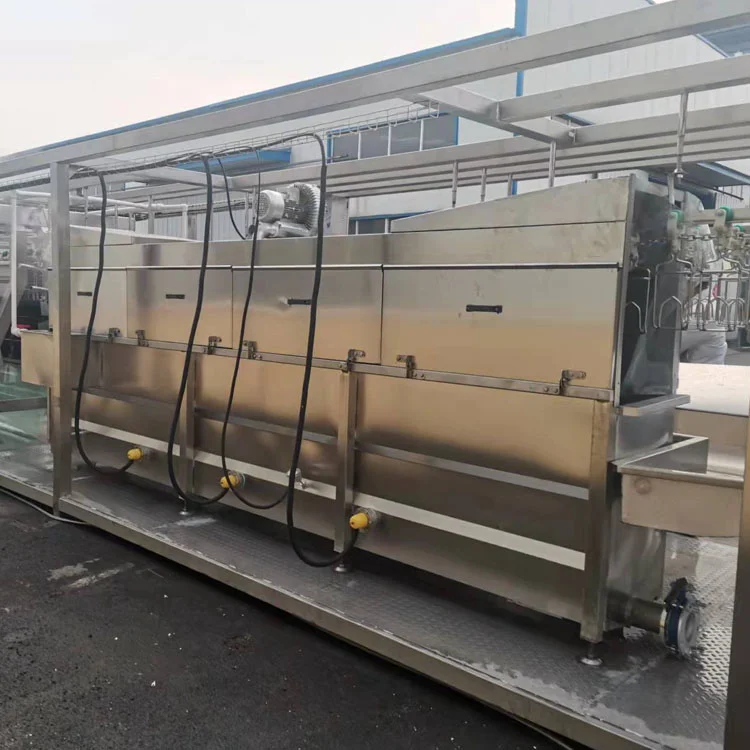animal feed pelletizer machines
Oct . 12, 2024 14:52 Back to list
animal feed pelletizer machines
Understanding Animal Feed Pelletizer Machines
Animal feed pelletizer machines play a crucial role in the livestock and aquaculture industries, facilitating the production of high-quality pellets that are essential for the nutrition of various animals. These machines help in transforming raw feed materials into compact pellets, improving the digestibility and nutritional value for livestock and aquatic species.
The Importance of Animal Feed Pelletization
Pelletizing, the process of compressing feed mixtures into small, uniform pellets, is vital for several reasons. First, it enhances the digestibility of animal feed. Many raw ingredients, when fed in their natural form, may be challenging for animals to digest and assimilate. By pelletizing, feed becomes more palatable and easier for animals to consume, ensuring they gain maximum nutritional benefit from their diet.
Second, pelleted feed minimizes wastage. Loose feed tends to scatter and is often left uneaten, especially in outdoor environments. Pellets, on the other hand, are less likely to be lost during feeding, thus maximizing feed efficiency and reducing overall feed costs for farmers.
Lastly, the pelletizing process can help in the preservation of feed quality. The high-temperature and pressure involved in the pelleting process can eliminate harmful pathogens and reduce spoilage, ensuring that the feed remains safe and nutritious over extended periods.
How Pelletizer Machines Work
Animal feed pelletizer machines work based on a simple yet effective principle they compress mixed feed into small, uniform pellets. The process typically involves several key stages
1. Ingredient Preparation Raw materials such as grains, legumes, and supplemental vitamins or minerals are first ground to a fine powder to ensure uniform mixing and enhance pellet quality.
2. Mixing The ground feed ingredients are then thoroughly mixed with fats, liquids, and other additives to achieve a consistent blend. This step is critical for ensuring that each pellet contains a balanced proportion of nutrients.
animal feed pelletizer machines

3. Conditioning The mixed feed is then conditioned with steam and heat, which helps to soften the ingredients, making them easier to compress. This stage also aids in destroying potential pathogens present in raw materials.
4. Pelletizing The conditioned feed is fed into the pelletizer, where it is forced through a die under high pressure. The die's holes determine the size and shape of the pellets produced. A cutting knife then slices the continuous stream of pellets into desired lengths.
5. Cooling and Drying Finally, the hot pellets are cooled to room temperature, minimizing moisture content and helping to harden the pellets for better storage. This process is essential to prevent spoilage and maintain feed quality.
Different Types of Pelletizer Machines
There are various types of animal feed pelletizer machines available in the market, each designed to cater to specific production needs. Generally, they can be classified into two categories flat die and ring die pelletizers.
- Flat Die Pelletizers These machines are generally smaller and more suitable for small to medium-scale production. They are easy to operate and maintain and are often used by small farms or home-based businesses.
- Ring Die Pelletizers These are larger, high-capacity machines capable of producing pellets at a much higher output rate. They are typically employed by commercial feed manufacturers due to their efficiency in bulk production.
Conclusion
In conclusion, animal feed pelletizer machines are integral to modern animal husbandry, enhancing the efficiency and quality of feed production. Their ability to produce uniform, high-nutrient pellets not only improves animal health and productivity but also helps minimize waste and preserve feed quality. As the demand for animal products continues to rise globally, investing in efficient and advanced pelletizer technology will be crucial for farmers and feed manufacturers seeking to meet the nutritional needs of their livestock. Understanding and utilizing these machines is indeed a step towards sustainable and productive farming practices.
-
Automatic Feeding Line System-Pan Feeder Nipple Drinker|Anping County Yize Metal Products Co., Ltd.
NewsJul.29,2025
-
Hot Sale 24 & 18 Door Rabbit Cages - Premium Breeding Solutions
NewsJul.25,2025
-
Automatic Feeding Line System Pan Feeder Nipple Drinker - Anping County Yize Metal Products Co., Ltd.
NewsJul.21,2025
-
Automatic Feeding Line System Pan Feeder Nipple Drinker - Anping County Yize Metal Products Co., Ltd.
NewsJul.21,2025
-
Automatic Feeding Line System - Anping Yize | Precision & Nipple
NewsJul.21,2025
-
Automatic Feeding Line System - Anping Yize | Precision & Nipple
NewsJul.21,2025






